1. Virginia Slims “You’ve Come a Long Way, Baby”

Cigarette companies in the ’70s had no problem linking their products with women’s liberation. Virginia Slims ads proudly declared that smoking was a symbol of independence and equality, often showing glamorous young women strutting with confidence. At the time, it was considered edgy and modern, but now it’s shocking to think that empowerment was marketed through something so harmful.
These commercials wouldn’t stand a chance today with tobacco ad bans on TV and a deeper understanding of health risks. The messaging would be criticized as manipulative, using feminism as a sales tactic. What once looked stylish now feels irresponsible, especially when we know how aggressively tobacco companies targeted women.
2. Alka-Seltzer “Spicy Meatball”
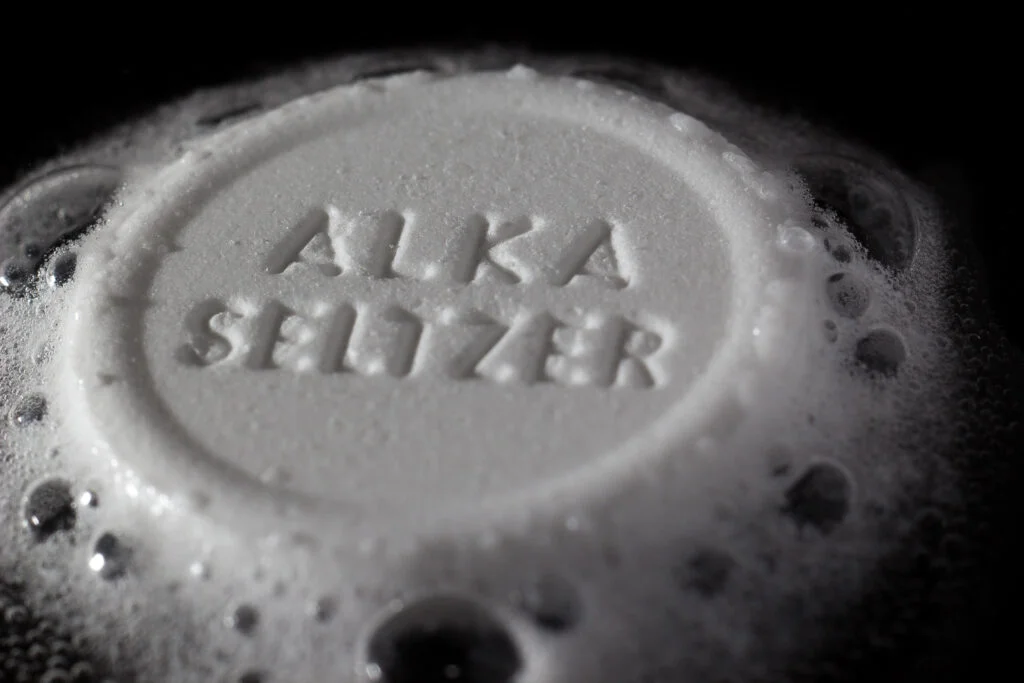
This one leaned heavily on slapstick humor. An actor keeps biting into the same meatball over multiple takes, suffering from heartburn until Alka-Seltzer saves the day. It was lighthearted at the time, but modern audiences might cringe at the thought of someone forced to eat so much just for laughs.
Health-conscious viewers today would likely complain that the spot downplayed digestive issues and glorified overindulgence. Instead of being remembered for comedy, it would probably get flagged for encouraging unhealthy behavior. Still, the line “Mamma mia, that’s a spicy meatball!” is cemented in advertising history.
3. Schlitz Beer “When You’re Out of Schlitz, You’re Out of Beer”
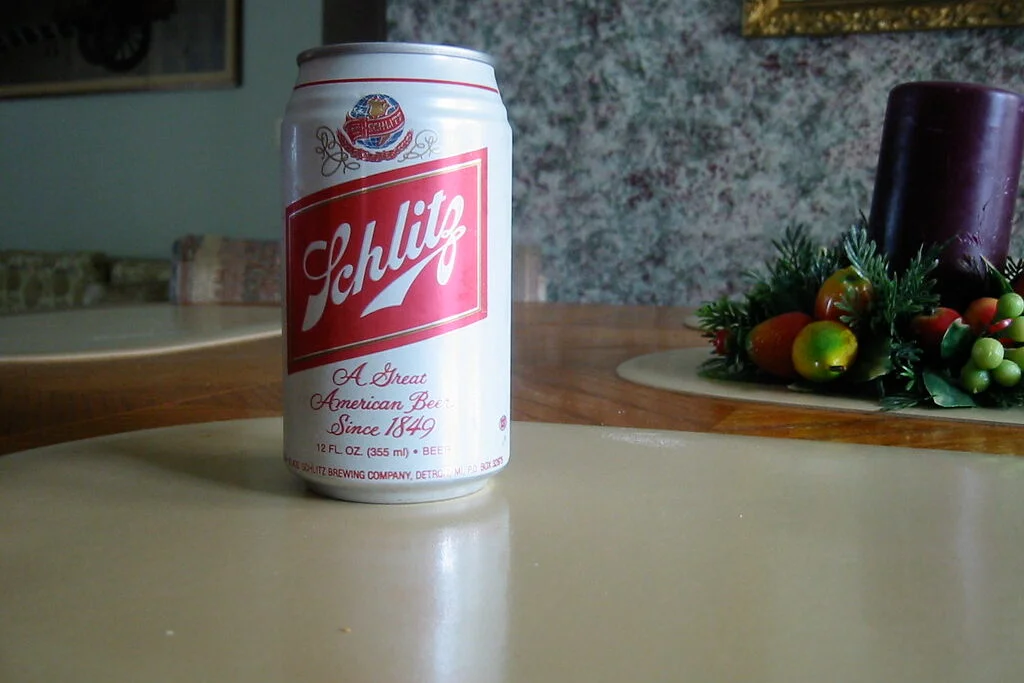
Schlitz was one of the biggest beer brands of the decade, and their ads were just as bold. Many spots showed men practically panicking when they ran out of Schlitz, treating it like a full-blown crisis. The ads leaned heavily on machismo, making it seem like real men wouldn’t drink anything else.
If this kind of spot aired today, people would point out the unhealthy relationship with alcohol it suggests. Glorifying dependence on beer as if it were essential to life would not pass modern guidelines. It’s a glimpse at just how differently alcohol was marketed before stricter regulations and social responsibility campaigns.
4. Hai Karate Cologne
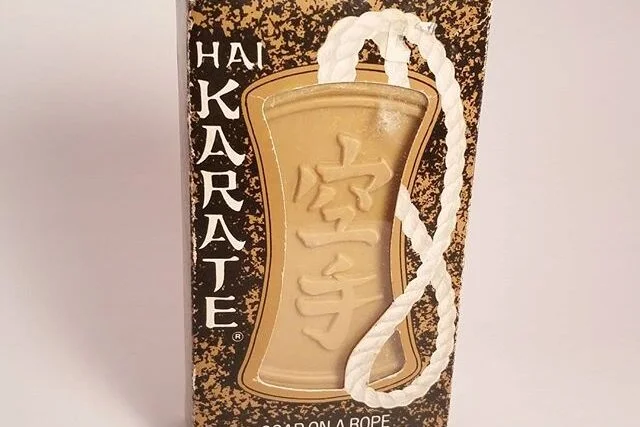
This aftershave was marketed as so irresistible that men needed “self-defense” instructions to handle women throwing themselves at them. The commercials played it up with over-the-top scenes of women chasing men down hallways or jumping into their arms. It was all meant as silly fun, but it reinforced some uncomfortable stereotypes about male control and female behavior.
A campaign like that would be immediately called out today for being sexist. Suggesting that women can’t control themselves around a scent seems absurd now. At the time, it made Hai Karate memorable, but the humor doesn’t age well in a culture much more sensitive to issues of gender and consent.
5. Folgers “Mrs. Olsen” Coffee Commercials
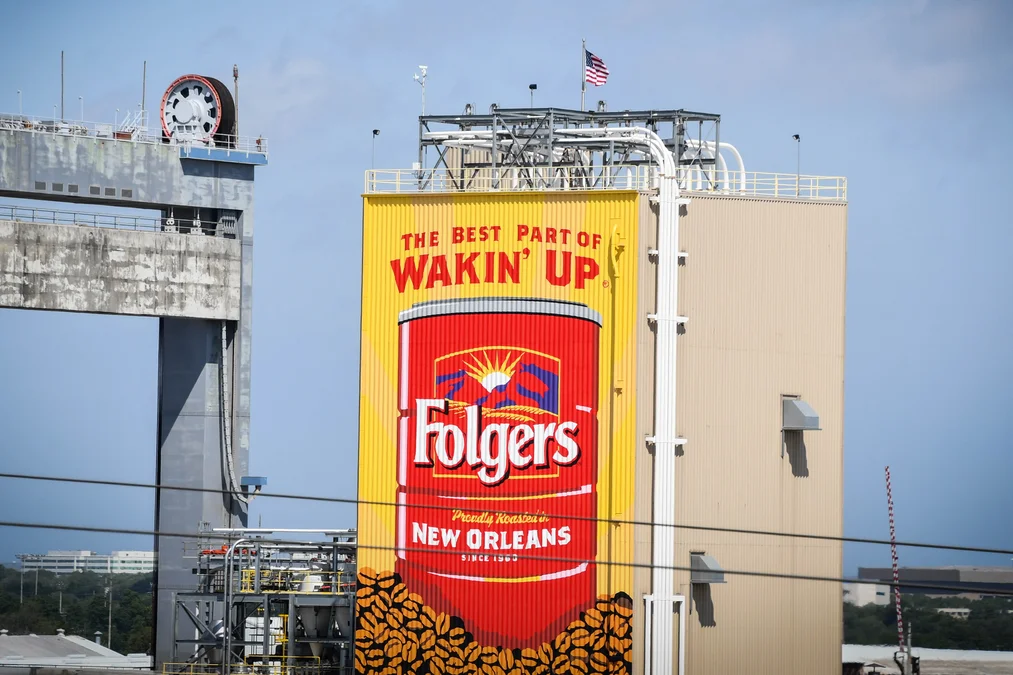
Folgers relied on a recurring character, Mrs. Olsen, who often told housewives how to make better coffee for their husbands. The message was clear: if your man is cranky, it’s probably because your coffee isn’t good enough. Mrs. Olsen would swoop in to save the day with Folgers as the solution.
It’s easy to see why this kind of storyline would never air now. Suggesting that a woman’s worth is tied to pleasing her husband with a hot cup of coffee feels patronizing. While Mrs. Olsen was a comforting figure back then, her advice rings out-of-date and sexist to modern audiences.
6. Jell-O “You Can’t Be a Kid Without It”
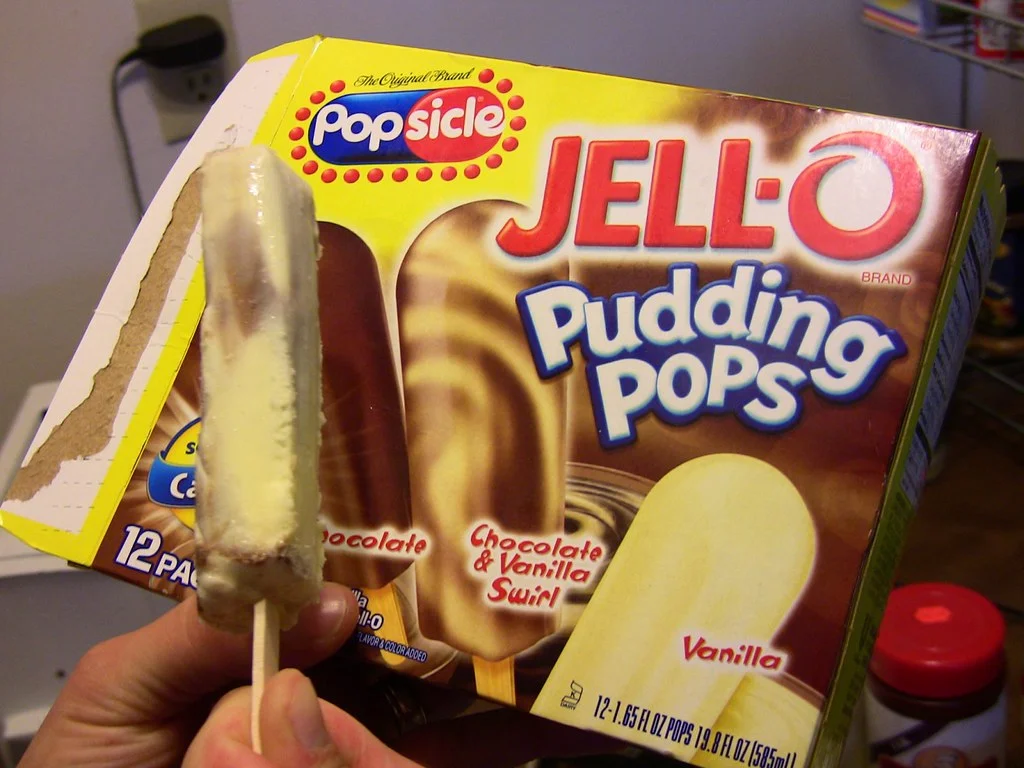
Jell-O ran spots in the ’70s that basically told kids their childhood wasn’t complete unless they ate it. Commercials showed children smiling and slurping while parents were told that Jell-O was wholesome and necessary. It played into the idea that sugary, processed food was a staple of family life.
Today, health advocates would push back hard on that message. With rising awareness about nutrition, no company would dare imply that childhood depends on a dessert. What once seemed like harmless fun now reads as manipulative marketing directed at kids.
7. Schlitz Malt Liquor Bull

The Schlitz Malt Liquor Bull became iconic in the ’70s, crashing through walls whenever someone cracked open a can. The commercials leaned into over-the-top chaos, linking the beer with power and excitement. While memorable, the campaign also glamorized heavy drinking.
Modern advertising standards wouldn’t allow this. Linking alcohol to destruction and larger-than-life aggression would be criticized for promoting unsafe behavior. Even though the bull was entertaining, the imagery would raise eyebrows in a society more aware of alcohol abuse.
8. Playtex Living Bras
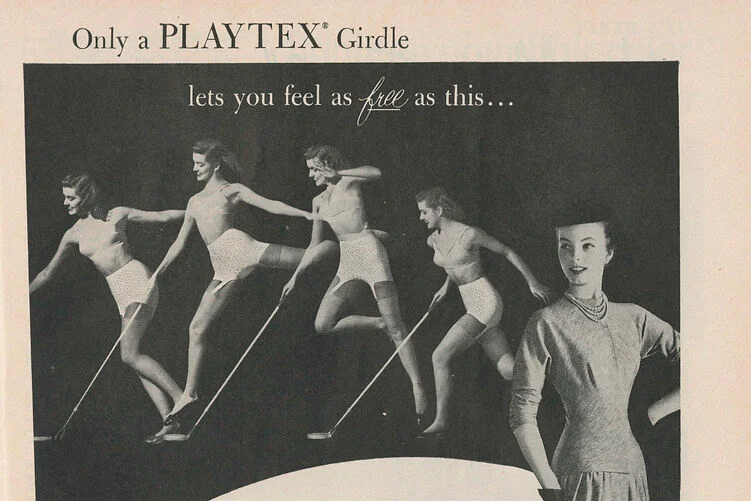
Playtex had commercials in the ’70s that actually showed women wearing bras on TV, which at the time was shocking. The ads framed it as educational, but it was still considered daring. Many of the spots suggested that a woman’s value came from looking attractive in the right bra.
By today’s standards, these ads would be judged harshly for objectification. Showing women’s bodies to sell lingerie is still done, of course, but the tone has shifted to empowerment rather than obligation. The Playtex spots feel dated because they reflect a time when ads focused more on pleasing others than on comfort or confidence.
9. Goodyear Polyglas Tires “When a Woman Needs Help”

One Goodyear commercial showed a woman stranded on the road, saved only because her husband had put safe tires on her car. The ad directly suggested that women couldn’t handle such situations alone and needed men to protect them. It was framed as caring, but it came across as condescending.
There’s no way a spot like this would make it to air now. It plays into outdated gender roles and dismisses female independence. Today, tire commercials tend to focus on safety for everyone, not just a man looking out for his wife.
10. Calgon “Ancient Chinese Secret”
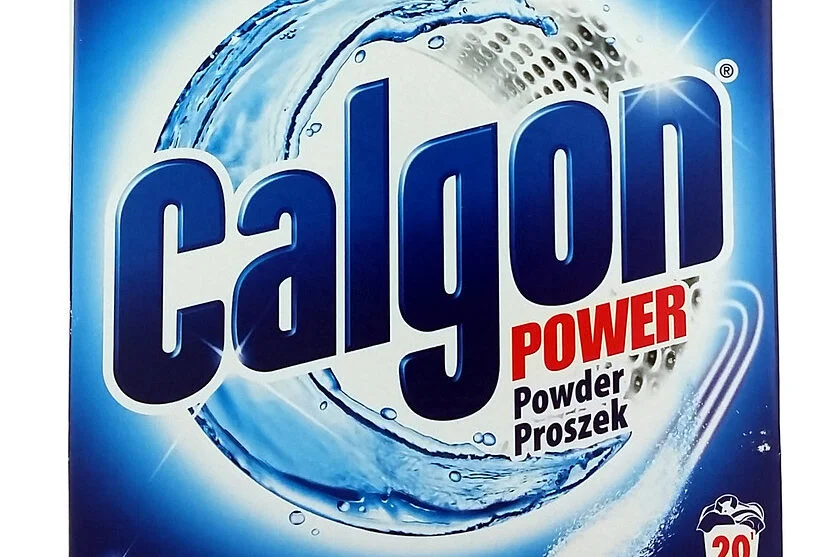
This laundry detergent ad featured a dry cleaner telling a white customer that his success came from an “ancient Chinese secret,” only to reveal it was really Calgon. The commercial leaned heavily on stereotypes, with the Asian characters portrayed in a caricatured way. At the time, it was seen as lighthearted humor.
Now it’s a textbook example of racial insensitivity in advertising. Using stereotypes to sell detergent wouldn’t just be frowned upon, it would cause a major backlash. It shows how casual racism was embedded in everyday media during that era.
11. Kool-Aid Man Commercials
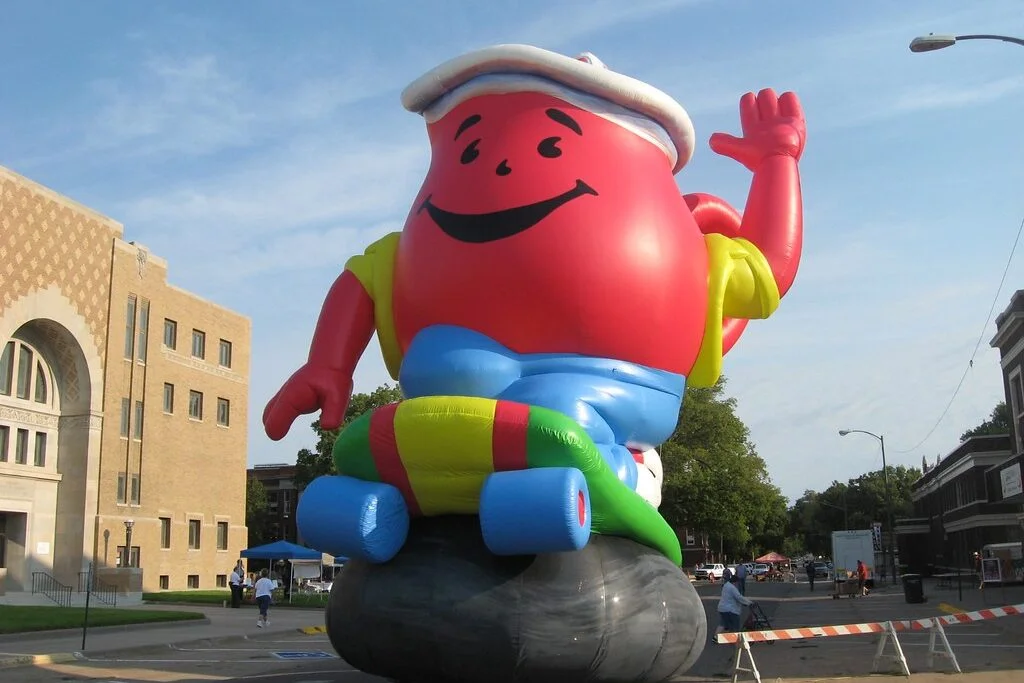
The giant Kool-Aid Man bursting through walls shouting “Oh yeah!” may seem innocent, but in the ’70s, it was a full-on marketing blitz aimed at kids. The commercials encouraged children to drink sugary drinks nonstop, framing it as the ultimate party essential. Parents were encouraged to indulge their kids in it too.
Today, the campaign would get pushback for targeting children with a product so high in sugar. While the character is still nostalgic, health experts would argue that commercials glamorizing endless sugary drinks are misleading. The chaos of a giant pitcher smashing into living rooms would also get called out for being unsafe imagery.
12. Bayer Aspirin for Children
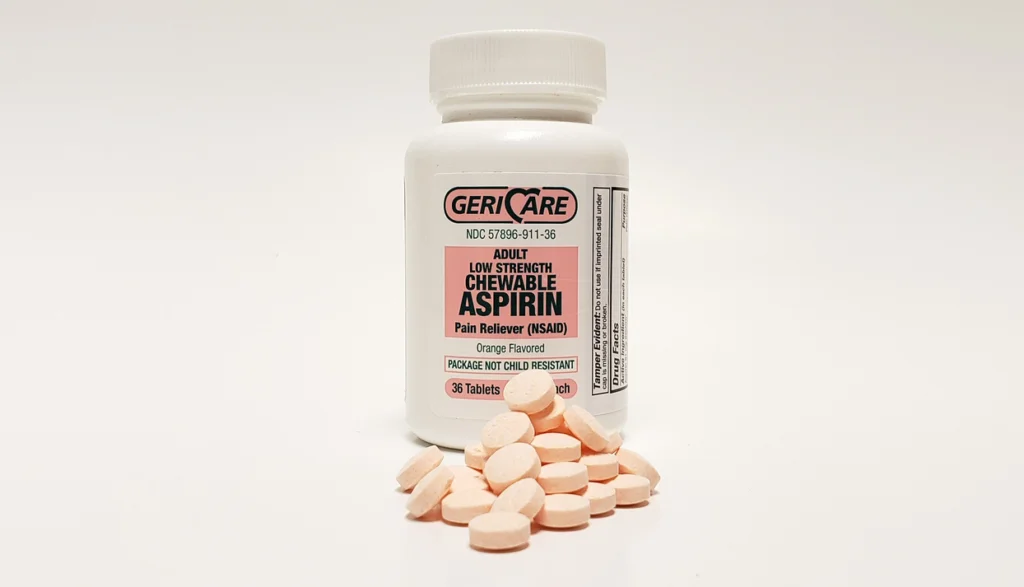
It’s hard to believe now, but Bayer once advertised children’s aspirin directly on TV, encouraging parents to give it to kids. The ads showed smiling children happily taking medicine, reassuring parents that it was safe. At the time, nobody realized the connection between aspirin and Reye’s syndrome in kids.
This would absolutely never air today, with strict rules around drug advertising and child safety. Promoting medicine for children in such a casual way feels almost shocking now. It’s a reminder of how much medical understanding and advertising regulation has changed since the ’70s.


